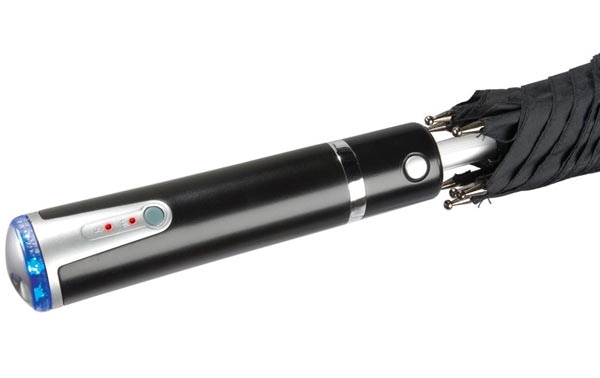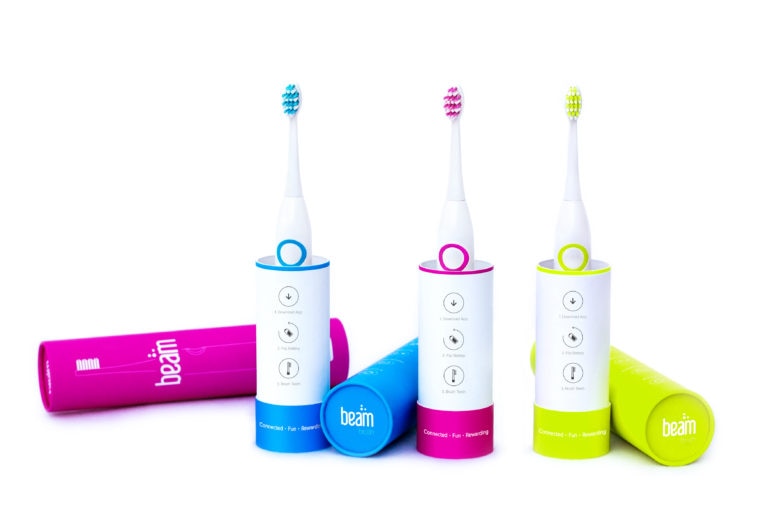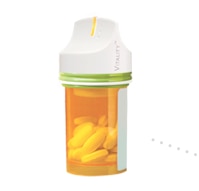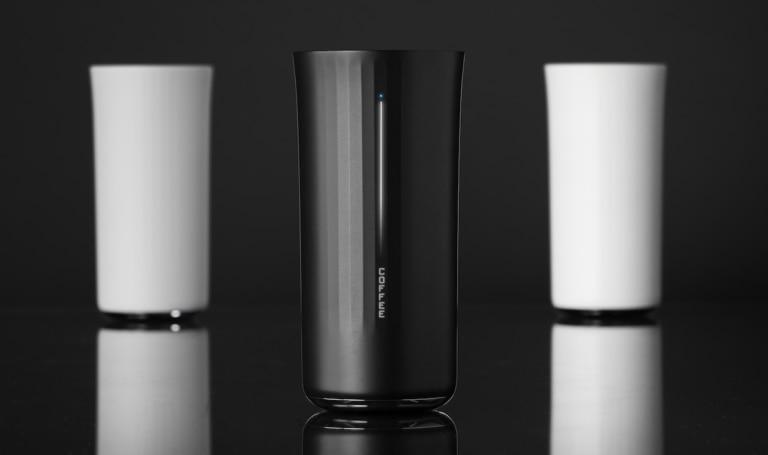The fourth Industrial Revolution is just beginning and the Internet of Things is playing a role similar to that of the steam engine in the first Industrial Revolution at the end of the 18th Century.

The Internet of Things (IoT) is the ability to connect appliances to each other in order to offer services while also obtaining metadata. But it’s not all about big data, technology and computer science. This trend is also very much related to everyday life in any household.
The connection among different appliances has already begun in our homes and it will change them, just as it will alter people’s behavior. Below we will look at several examples of household items that have transformed in very little time.
1. Umbrellas that tell you when it’s going to rain

Carrying an umbrella all day when it doesn’t rain is frustrating, but less frustrating than getting drenched by an unexpected downpour.
There are umbrellas now available that drastically reduce this uncertainty thanks to their Internet connection and small LED light that blinks when rain it’s about to rain. The bluer the light is, the greater the need for an umbrella. The umbrella receives data via Wi-Fi from the U.S. company, Accuweather.
2. Tooth brushes that actually sell insurance

Beam is a startup from Ohio (U.S.) that launched a tooth brush last year with the ambitious goal of transforming the dental insurance business.
The idea isn’t as crazy as it may seem. Beam provides smart tooth brushes, with its own brand, and tooth paste to policy holders. In a single stroke, this gives Beam information about their dental hygiene habits, how many times they brush their teeth and for how long. Beam’s premise is clear: the better customers take care of their teeth, the fewer cavities and dentist appointments they need, so they adjust their policies based on the data they receive.
3. Pill boxes that are as attentive as the best patients

David Rose, Internet of Things guru, and his company Vitality invented a smart pill box that is capable of alerting owners when they should take certain medicine. A chip on the inside of GlowCap – that’s the name of the pill box- lights up and makes noise when it’s time to take a certain medicine. If two hours go by and the pill box has not been opened, the owner receives a phone call to remind them to take their medicine. The pill box is also capable of sending information to family members and caregivers and can order more medicines from the pharmacy when it runs out.
4. The pitcher that knows what you are drinking (and if you should)

It looks like a simple cylinder, but in reality, Vessyl, the name for the cylinder in question, is a complex device that measures everything you drink. Or it will, we should say, because after seven years of work, the company Mark One is preparing the final details of its launch. When any drink is poured into Vessyl, it tells you exactly what you are consuming: how many calories, how much sugar, how much caffeine, and the option of analyzing all your data in an app.
Those who have tried it say it is surprising accurate, almost magical, as it can distinguish between Coca Cola and Pepsi, for example. It doesn’t have any wires and is elegantly designed in a way that could make it the next trend in tech gadgets.
- The wheel that transforms a normal bike into a hybrid vehicle
When the startup Superpedestrian invented the Copenhagen wheel, they did so with a very ambitious goal in mind: transforming a bicycle into a hybrid vehicle, simply by replacing a conventional wheel with a Copenhagen wheel.
This wheel hides batteries and an electric motor that gets its energy from the biker pedaling, braking or riding downhill, the same mechanism as any hybrid car.
This extra, clean energy is then used to propel the bike in an intelligent manner: the wheel’s technology learns from the way the biker pedals and responds accordingly. Thanks to the wheel’s wireless connectivity, it also has a social side. All the data goes to the biker’s smartphone, which can then be shared for practical or social reasons, such as warning about problems on a certain route.
This invention was developed by MIT in collaboration with the Copenhagen city council, one of the large cities that is most aware of the benefits of bicycles.
- The pen that remembers what people tell you
Pens have done more than write for a while now. Pens capable of recording and even taking pictures are no longer unique to spy movies. The Swedish company Anoto, founded in 2001, specializes in digital pens that can send a signed document over Wi-Fi, for example.
Another one of Anoto’s products is capable of recovering every detail from a telephone call, conference or class where you have used the pen, provided you take notes on special paper. Afterwards, when you place Anoto on a specific part of the surface, you can listen to the conversation starting right from when you wrote the note. Not understanding your own hand writing will no longer be a problem.